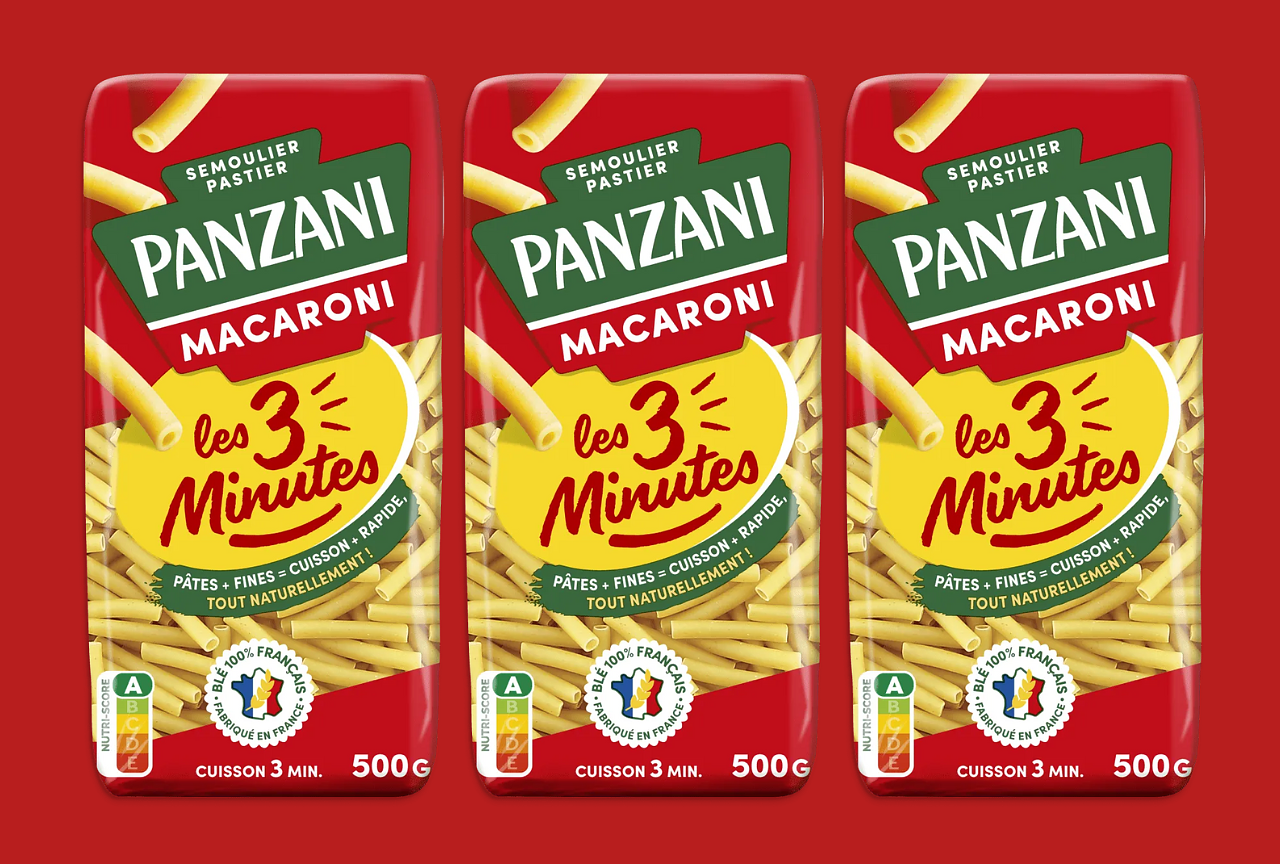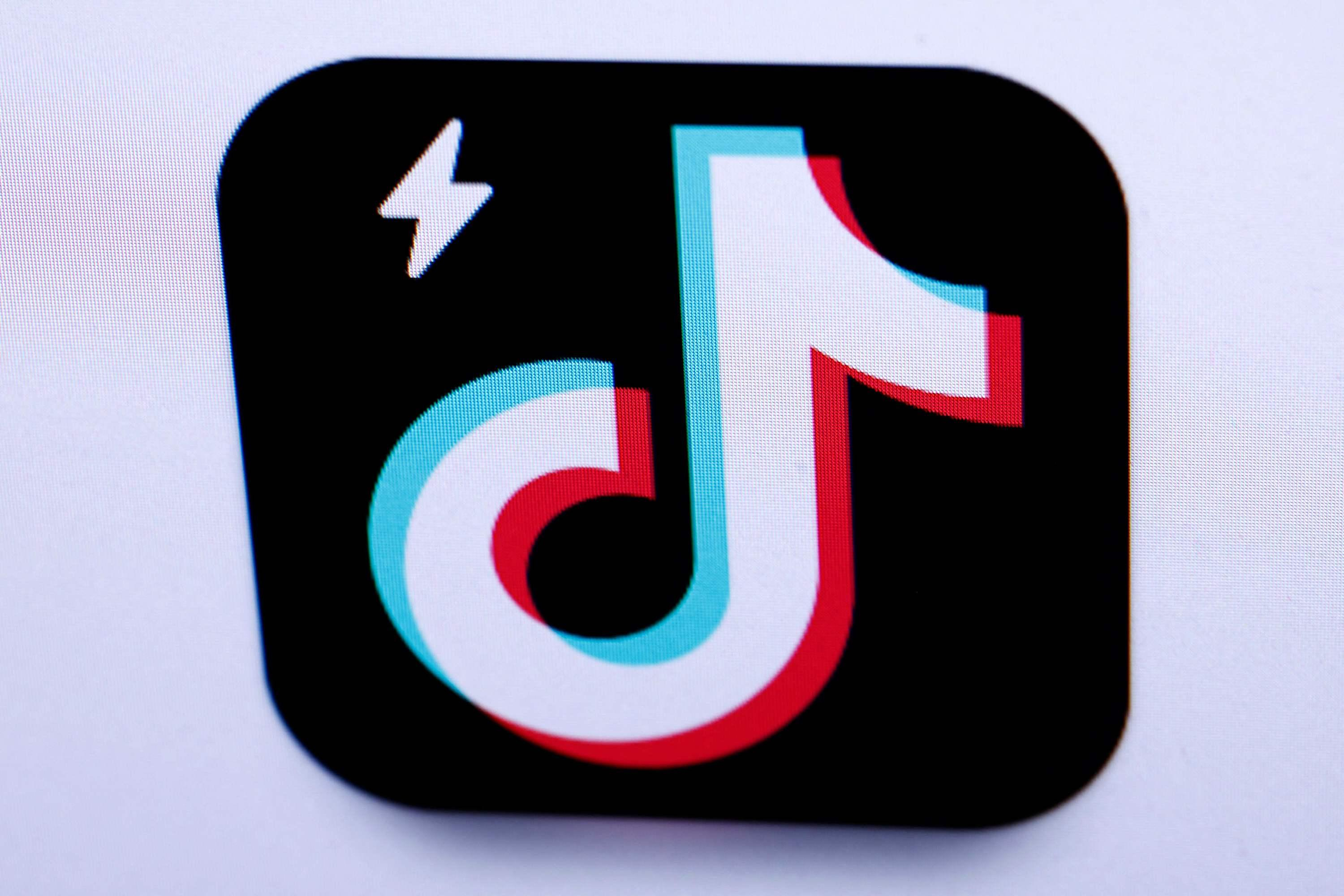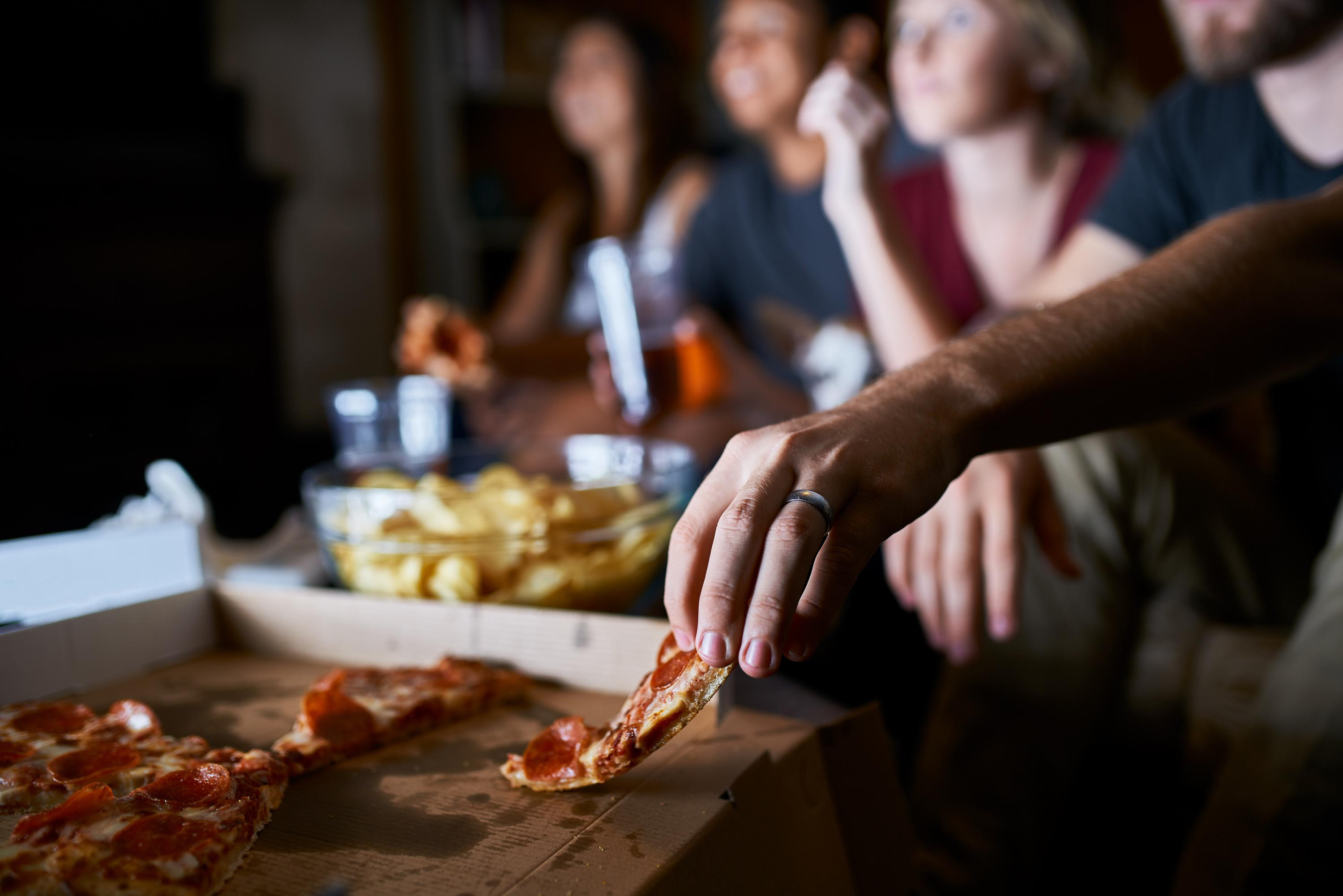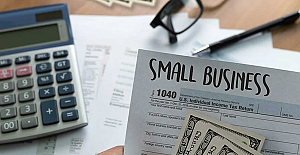Our foray begins at a temple - but don't worry: Today we'll save ourselves the trek to the Buddhist monasteries and places of worship and throw ourselves into the throng of the Thai megacity: We experience where the metropolis smells best, how it tastes and where to flee, when the noise threatens to get out of hand again.
The day is getting long, we need a good breakfast. The meeting point is the temple of Wat Mangkon - more precisely, the stop of the same name on the MRT subway line in Bangkok's Chinatown. It's one of dozens of new stations that have joined the rapidly expanding public transport network in recent years, and it's certainly one of the most beautiful: The red and gold walls are decorated with traditional Chinese patterns.
We walk towards Yaowarat Road, the district's main thoroughfare. Night after night, food stalls, fruit stands, and candy vendors line the neon-lit street. Early in the morning we watch her slowly awake from the previous day's feast. Diagonally opposite the "Shanghai Mansion" hotel we turn into the side street Song Sawat and after just one block we find our first destination: the corner bar "Ek Teng Phu Ki", one of the oldest cafés in Bangkok.
A look at the menu already gives an indication that we won't have any major problems getting by with our budget: 50 euros bring us almost 1850 baht (100 baht corresponds to 2.72 euros) - we only need a small one for breakfast Part of it. Nothing is really expensive in the store.
We dig deep and order: khai krata (a pan with a fried egg, ground beef, Vietnamese and Chinese sausage), a helping of shrimp dim sum, and steamed toast served with coconut cream for dipping. We also drink hot coffee according to the traditional recipe: a strong black brew on a layer of sweet condensed milk - the perfect pick-me-up. It all costs us 185 baht in total, and there's a glass of tea on the house on top of that, that's the norm here.
A look at the wall of the fourth-generation establishment, which is hung with photos and memorabilia, suggests that the prices here have always been quite reasonable: the first menu with which the café opened in 1919 is on display. It advertises a drink that was still quite exotic at the time: tea with ice cubes for 0.25 baht. More than 100 years ago, cold drinks were not a matter of course in the tropical metropolis.
What hasn't changed since then, we see when we continue walking to the Sampeng market, 300 meters away, freshly strengthened: Chinatown is now, as then, the home of traders, hagglers and profiteers. Since Bangkok became the capital of the Kingdom of Siam – today's Thailand – almost 250 years ago, immigrants of Chinese origin and their descendants have shaped economic life on the banks of the Chao Phraya, the main river of the metropolis.
In the early 20th century, the area was Bangkok's commercial heart. This is also where the first shopping centers were built. One of the oldest, the Nightingale Olympic, which brought European luxury goods to Southeast Asia, is still in operation.
Thais now prefer to buy their branded clothing in the huge air-conditioned shopping malls around Siam Square, Bangkok's consumer paradise for the 21st century. But when it comes to bargains, she still gravitates to Chinatown.
The nearly one-kilometer-long alleyway along which Sampeng Market stretches gets crowded early in the morning. The shoppers are just as crowded together as the shops. They sell backpacks, flip-flops, costume jewellery, plastic plants and lots of odds and ends that you didn't even know were actually quite handy until a few minutes ago (battery-powered fans for on the go!). If you buy larger quantities, you get a decent discount almost everywhere.
We head towards the river to our next destination where we can relax a bit: the Chao Phraya Sky Park. The park is not next to the water, but above it. For this purpose, an unused drawbridge was converted and planted with greenery.
The project, completed in 2020, now not only connects the two sides of the river for pedestrians, but also offers plenty of seating for relaxing - with free admission. We take a seat and enjoy the view of the magnificent river, the passenger boats that sail below us every minute as part of the public transport system, and Bangkok's tallest skyscraper, the Mahanakhon, on the horizon.
The place has only one catch: right next to it there is a car bridge over the river. The constant roar of the vehicles disturbs the idyll after a while. We take the engine noise as a signal to leave and make our way to a place that city dwellers love when they want it a little quieter.
But first we also have to plunge into the traffic chaos: We take a taxi to the boat landing stage at Wat Khlong Toei Nok. The journey takes half an hour and the taxi meter shows 80 baht on arrival - we give 100. Tipping is not as common in Thailand as it is in Europe. But there's nothing wrong with being generous anyway, if you can afford it.
If you are thirsty, there is a bottle of water at the pier for 10 baht. 20 baht is the return boat ticket to cross the river. On the other bank is Bang Krachao - an island in the Chao Phraya, also known as "Bangkok's green lung". The unofficial name is immediately apparent when looking at a satellite image of the city. From above, Bangkok is a gray expanse of concrete and asphalt. But in the middle Bang Krachao forms a strong green spot.
The 16 square kilometer area was used primarily for agriculture for a long time. Small family-owned coconut and banana plantations can still be found here. The many hip cafés and tourist restaurants, which are particularly popular at weekends when Bangkokians swarm out into the countryside, have become an important economic factor.
The river crossing only takes three minutes, but it is a bit of an adventure: the shaky wooden boat looks as if a bow wave from the passing container ships could easily capsize it. However, the experienced boatmen know how to transport the passengers safely across the water. Their Chao Phraya shuttle service operates 24 hours a day, seven days a week.
At our destination we grab the best means of transport for the Emerald Isle: one of the dozens of bicycles lined up on the shore. They are rented here in different price ranges. The most convenient cost 100 baht (2.60 euros) for the whole day. After just a few meters, you can see small, paved paths that branch off the road to the left and right.
This is where the fun of getting lost begins: The best way to explore Bang Krachao is to randomly follow the trails through the jungle - and be amazed by the palm trees, mangroves and traditional wooden huts you come across. Occasionally you also have to avoid a monitor lizard that is leisurely strolling across the road surface.
In order not to lose your bearings, it is advisable to take a look at Google Maps from time to time. We head towards the Bang Nam Phueng floating market, open every weekend - perfect for a lunch break. If you come on a weekday, you will find something to eat in the restaurants nearby, for example in the garden restaurant "Kuenwang".
The selection in the market is enormous: from grilled prawns and meat skewers with peanut sauce to roast duck and strong, spicy soups. We opt for the famous noodle dish pad thai (50 baht) and an iced matum tea (25 baht). For dessert we cycle comfortably five minutes further to the “Café Hiddenwoods”: with the best view of the shipping traffic on the Chao Phraya there is cheesecake (150 baht) and iced coffee (110 baht).
The ride back to the bike rental at the pier takes 20-30 minutes. On the other side of the river, it's off to the taxi again. We start the evening in the rooftop bar "Sky on 20", on the 26th floor of the "Novotel" hotel. It is located on the Sukhumvit side street Soi 20. The bar offers us a 270 degree view of the city skyline and a wonderful view of the sunset.
Unlike most other Bangkok hotel bars, you won't be spending half your holiday budget just by ordering a cocktail here. Between 5pm and 7pm, a Ginger Treat with vodka, lime juice, honey and ginger or a Sunset with gin, mangosteen juice, egg white and rose syrup costs 200 baht. Alternatively, you can get a large beer for the price. Enjoy as the sun slowly disappears behind neighboring Benjakitti Park and the rows of skyscrapers on the horizon between 6 and 7 p.m.
It's already dark now, but our day isn't over yet: We grab another taxi for 2.5 kilometers (50 baht) and drive to the restaurant "Taling Pling" on Sukhumvit Soi 34. In the quiet side street welcomes us we are in a modern house that seems to be made almost entirely of glass and steel.
When choosing, you can hardly go wrong here. The 40-year-old family restaurant is known for impeccable craftsmanship and authentic recipes that are not tampered with to suit tourists' supposed tastes. Highly recommend the pomelo salad with dried shrimp (170 baht), the massaman curry with pork (230 baht) plus a portion of rice (35 baht). Serve with a refreshing lemongrass iced tea (100 baht).
If you are with several people, you should order a few more different dishes. As is customary in Thailand, everyone sits in the middle of the table and everyone can help themselves. Most of the time you order way too much – but after all you want to try as much as possible. When nothing else fits in your stomach, it's time to go. And if you haven't overdone it, with a few 100 baht bills in your pocket you should be able to afford the trip to the hotel as well.
The text is an abridged chapter from the recently published book "With 50 euros through... - what you can experience with little money in the metropolises of the world", Christoph Drösser (ed.), 288 pages, 16.99 euros, publisher Polyglot. The book presents 28 cities worldwide, including Bangkok, Amsterdam, London, Vienna, Istanbul, Los Angeles, Nairobi, Taipei and Sydney. Authors are German-speaking foreign correspondents of the weltreporter.net network.

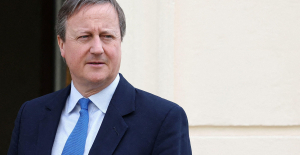 Iran-Israel: David Cameron wants the G7 to impose “coordinated sanctions” on Iran
Iran-Israel: David Cameron wants the G7 to impose “coordinated sanctions” on Iran Donald Trump trial: who is Stormy Daniels, the ex-porn star who makes the former American president tremble?
Donald Trump trial: who is Stormy Daniels, the ex-porn star who makes the former American president tremble?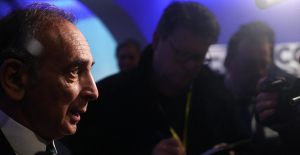 The day after their conference in Brussels was banned, the nationalist right won their case
The day after their conference in Brussels was banned, the nationalist right won their case Summoning the Iranian ambassador: how the dissemination of “fake news” forced Stéphane Séjourné to react
Summoning the Iranian ambassador: how the dissemination of “fake news” forced Stéphane Séjourné to react New generation mosquito nets prove much more effective against malaria
New generation mosquito nets prove much more effective against malaria Covid-19: everything you need to know about the new vaccination campaign which is starting
Covid-19: everything you need to know about the new vaccination campaign which is starting The best laptops of the moment boast artificial intelligence
The best laptops of the moment boast artificial intelligence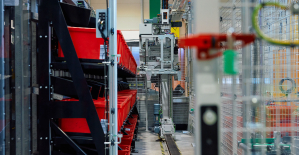 Amazon invests 700 million in robotizing its warehouses in Europe
Amazon invests 700 million in robotizing its warehouses in Europe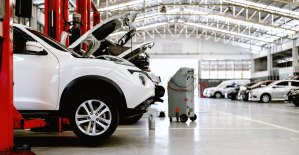 Planned obsolescence: an association warns of the risk of seeing the development of “disposable cars”
Planned obsolescence: an association warns of the risk of seeing the development of “disposable cars” In the private sector, 42% of employees took sick leave last year
In the private sector, 42% of employees took sick leave last year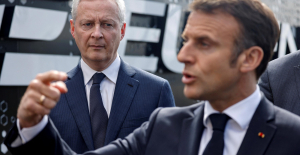 Growth, savings, inflation... These very optimistic forecasts from the government which worry the Court of Auditors
Growth, savings, inflation... These very optimistic forecasts from the government which worry the Court of Auditors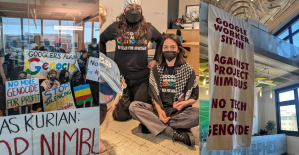 In the United States, Google employees demonstrate to demand the repeal of a cloud contract with Israel
In the United States, Google employees demonstrate to demand the repeal of a cloud contract with Israel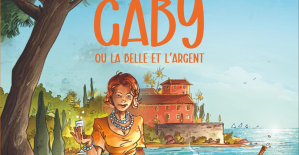 Gaby, a new play by Pagnol adapted into a comic strip
Gaby, a new play by Pagnol adapted into a comic strip British Taylor Swift fans lose hundreds of euros in counterfeit notes
British Taylor Swift fans lose hundreds of euros in counterfeit notes Celine Dion promises a “raw and honest” film about her illness and her life as an artist
Celine Dion promises a “raw and honest” film about her illness and her life as an artist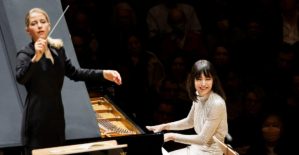 New York Philharmonic Orchestra Continues Concert Despite Earthquake Warnings
New York Philharmonic Orchestra Continues Concert Despite Earthquake Warnings Skoda Kodiaq 2024: a 'beast' plug-in hybrid SUV
Skoda Kodiaq 2024: a 'beast' plug-in hybrid SUV Tesla launches a new Model Y with 600 km of autonomy at a "more accessible price"
Tesla launches a new Model Y with 600 km of autonomy at a "more accessible price" The 10 best-selling cars in March 2024 in Spain: sales fall due to Easter
The 10 best-selling cars in March 2024 in Spain: sales fall due to Easter A private jet company buys more than 100 flying cars
A private jet company buys more than 100 flying cars This is how housing prices have changed in Spain in the last decade
This is how housing prices have changed in Spain in the last decade The home mortgage firm drops 10% in January and interest soars to 3.46%
The home mortgage firm drops 10% in January and interest soars to 3.46% The jewel of the Rocío de Nagüeles urbanization: a dream villa in Marbella
The jewel of the Rocío de Nagüeles urbanization: a dream villa in Marbella Rental prices grow by 7.3% in February: where does it go up and where does it go down?
Rental prices grow by 7.3% in February: where does it go up and where does it go down? Europeans: the schedule of debates to follow between now and June 9
Europeans: the schedule of debates to follow between now and June 9 Europeans: “In France, there is a left and there is a right,” assures Bellamy
Europeans: “In France, there is a left and there is a right,” assures Bellamy During the night of the economy, the right points out the budgetary flaws of the macronie
During the night of the economy, the right points out the budgetary flaws of the macronie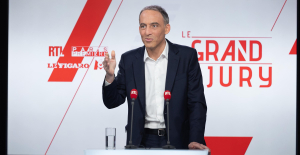 Europeans: Glucksmann denounces “Emmanuel Macron’s failure” in the face of Bardella’s success
Europeans: Glucksmann denounces “Emmanuel Macron’s failure” in the face of Bardella’s success These French cities that will boycott the World Cup in Qatar
These French cities that will boycott the World Cup in Qatar Barça-PSG: legendary match, the Parisian mentality, Donnarumma not serene… Favorites and scratches
Barça-PSG: legendary match, the Parisian mentality, Donnarumma not serene… Favorites and scratches Basketball: Poupet, the Villeurbanne coach, extends
Basketball: Poupet, the Villeurbanne coach, extends Barça-PSG: “Mbappé super”, the European press is delighted with the Frenchman’s return to the forefront
Barça-PSG: “Mbappé super”, the European press is delighted with the Frenchman’s return to the forefront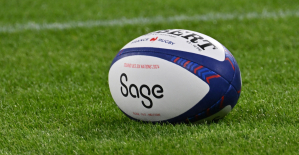 Rugby: Antoine Dupont provides support to a young player seriously injured and plunged into an artificial coma
Rugby: Antoine Dupont provides support to a young player seriously injured and plunged into an artificial coma




